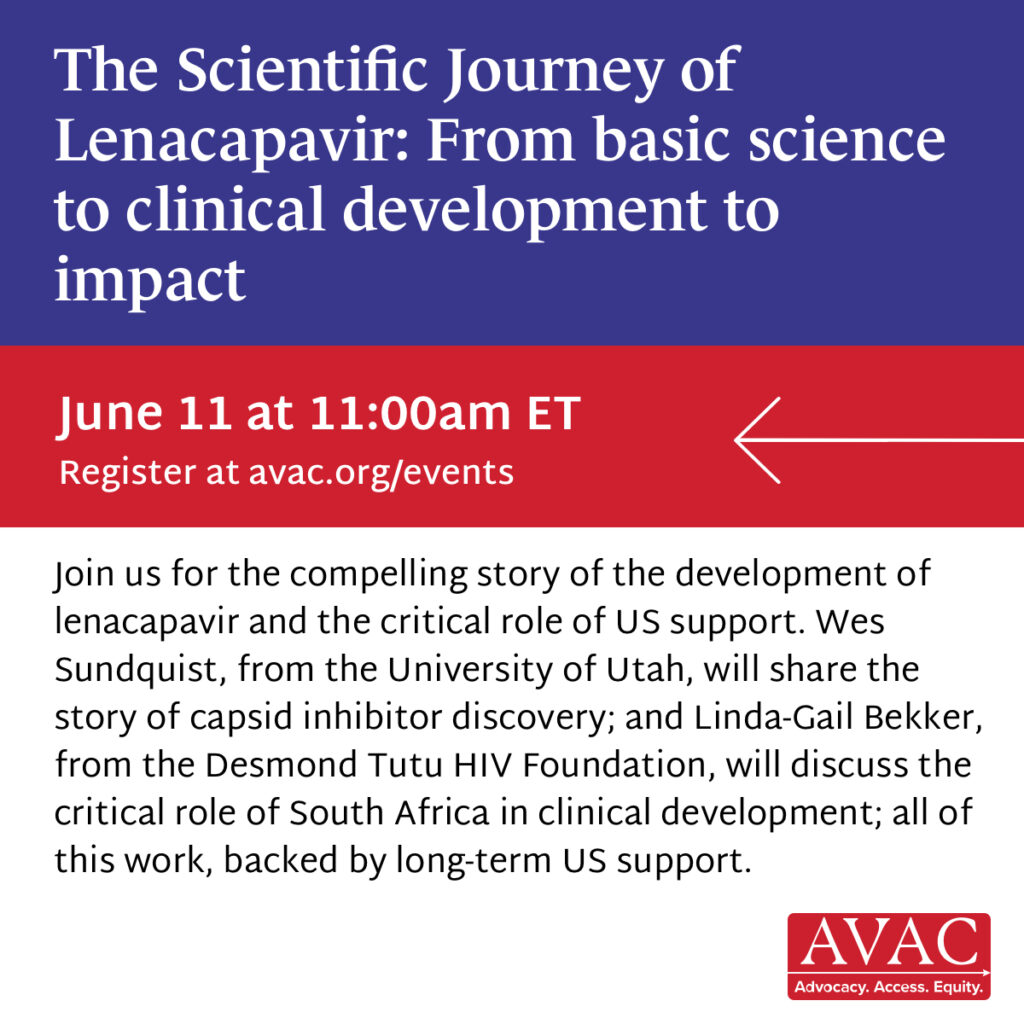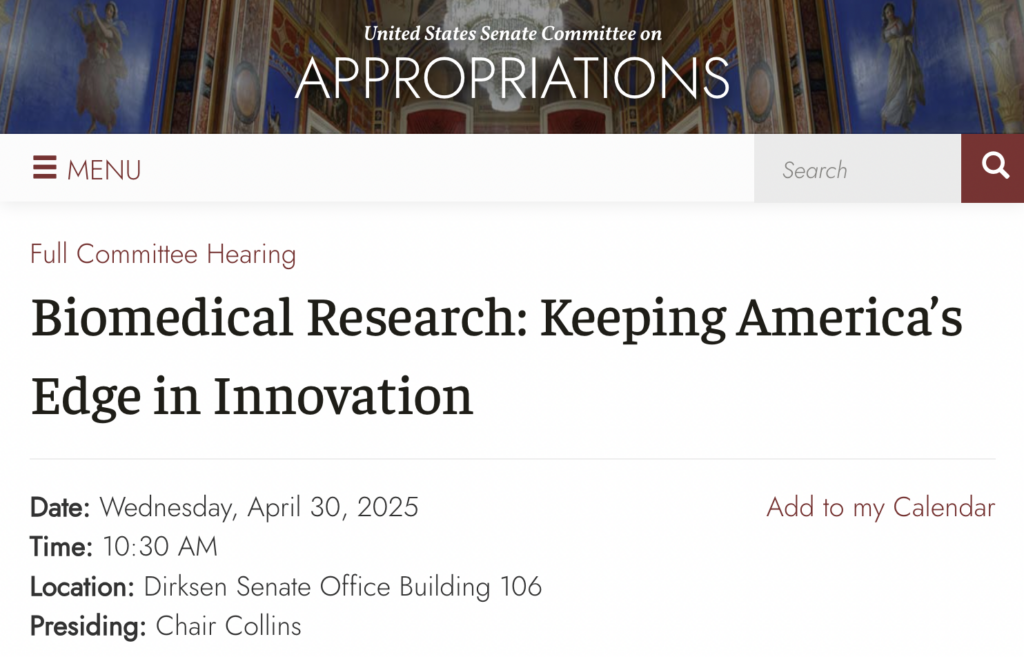This week we see new developments that could reshape global health financing and US policies on science and research, including the release of the full FY26 budget, which is expected later in the day. From a potential operational collaboration between the Global Fund and Gavi to more intense threats to NGO funding, foreign aid, and vaccine guidance, this issue shares the implications of rising political pressure. Read on.
Global Fund and Gavi Collaboration
The Global Fund to Fight AIDS, Tuberculosis and Malaria and Gavi are in discussions about working more closely together and combining certain administrative and operational functions. Driven by the major cuts from the US government as well as other governments in the run-up to replenishment processes for both, these two leading global health organizations are looking to collaborate to enhance efficiency and reduce redundancies at the country level.
IMPLICATIONS: The Global Fund and Gavi are looking to coordinate more closely and find efficiencies. This potential collaboration underscores what may be a broader trend in global health financing to maintain critical health services worldwide.
READ: Global vaccine and health bodies could team up more to tackle US-led funding crisis—Reuters
Opinion: The US legacy in HIV is unraveling
In a new op-ed, AVAC’s Executive Director Mitchell Warren warns that PEPFAR faces precarious uncertainty as shifting priorities and the loss of institutional expertise raise urgent concerns. The question now: Will the US Congress step in before it’s too late?
https://www.devex.com/news/opinion-the-us-legacy-in-hiv-is-unraveling-110187
Upcoming Congressional Hearing Targets NGOs
For US advocates and NGOs, next week’s House Subcommittee on Delivering on Government Efficiency (DOGE) hearing, “Public Funds, Private Agendas: NGOs Gone Wild”, will be one to watch. The Committee, chaired by Representative Marjorie Taylor Greene, will scrutinize the use of federal funds by NGOs. In an announcement, the Committee wrote, “NGOs have expended billions of hard-earned taxpayer dollars in pursuit of agendas that most Americans oppose… Congress must also act to shut down the pipeline that keeps this money laundering machine running.”
IMPLICATIONS: The US Congress plays a pivotal role in shaping the future of science and research through its oversight, funding and policy making. Hearings like this can influence which initiatives are protected or targeted. AVAC and partners will monitor this hearing as part of our work to tracking threats to evidence-based advocacy, research, and decision making.
Watch the Livestream: June 4, 2025 at 2:00 pm ET
Elon Musk Leaves White House After Driving the Efficiency Cuts
Elon Musk is leaving his unofficial role as an advisor in the new US administration after he oversaw the gutting of federal agencies, foreign aid and fired thousands of federal workers through his Department of Government Efficiency (DOGE) initiative. Musk’s departure comes days before his temporary appointment was set to expire May 30, and follows declining sales of his Tesla brand cars and his criticism of the FY26 spending bill, which would add trillions to the national debt.
IMPLICATIONS: Musk’s departure marks an end to a chaotic period of continuous cuts and firings by the new administration that upended global health, research funding, and foreign aid, and will take significant time and effort to repair.
READ:
- Elon Musk Leaves Trump Administration Amid Rift over “Big, Beautiful Bill”—Democracy Now
- After four months of disruption, Elon Musk signals he’s leaving government—Politico
The Latest on Foreign Aid Cuts
The new administration is attempting to make official major budget cuts under DOGE, including those to foreign aid. The US president will submit a $9.4 billion “rescissions” package to Congress next week, but this week, as the administration is expected to release of the full FY26 budget today, many Democrats are pushing back and asking whether the cuts are smart or legal. Sen. Patty Murray and Rep. Rosa DeLauro are warning that the Office of Management and Budget’s refusal to provide required budget details is making it hard for Congress to plan the FY26 budget and hindering the FY26 appropriations process. And House Foreign Affairs Committee Ranking Member Gregory Meeks (D-NY 5) and Rep. Sara Jacobs (D-CA 51) have asked the GAO to investigate whether the dismantling of USAID and cancellation of thousands of contracts have actually saved money.
IMPLICATIONS: The coming weeks will be important as Congress will either reassert independence in its control over the US’ investments in science and foreign aid or rubberstamp the White House agenda.
READ:
- Top Democratic appropriators accuse Vought of obfuscation—Politico Pro
- Top Democrats ask GAO to assess impact of foreign-aid cuts—Politico Pro
- White House plans — at last — to send some DOGE cuts to Hill—Politico
US Avoids Due Process and No Longer Recommends COVID-19 Vaccine for Certain Populations
The US administration is no longer recommending COVID-19 vaccines for healthy children or people who are pregnant. Health and Human Services Secretary Robert F. Kennedy Jr. announced this change in social media after bypassing the traditional CDC advisory process.
IMPLICATIONS: This action could significantly undermine vaccine access, insurance coverage, and public trust in health guidance.
READ/LISTEN:
- RFK Jr drops Covid-19 boosters for kids and pregnant women from CDC list—The Guardian
- RFK Sends a Message on Vaccines—The New York Times
What We’re Reading
- Rubio’s claim that it’s ‘a lie’ that people have died from foreign-aid cuts—Washington Post
- Frontline AIDS launches Transition Initiative to secure the future of HIV services—Frontline AIDS
- An NIH Grant Is Restored, With a Catch: Cut a Study on Trans Youth—Chronicle on Higher Education
- NIH staff stage walkout during director’s town hall as tensions persist over research cuts, ideology—CNN
- African Nations Ask WHO for Increased Funding as Global Health Aid Hits Decade-Low—Health Policy Watch
- The UK should be taking the lead on international aid – not abandoning women and girls around the world—The Independent
- The White House keeps promising ‘lifesaving’ aid that’s not coming—Washington Post
Resources
- US Global Health Country-Level Funding Tracker, KFF
- An Update on PEPFAR Reauthorization, KFF
- Impact Metrics Dashboard
- Advocates’ Guide: Understanding the President’s Proposed Fiscal Year 2026 (FY26) Budget and Its Implications for Science, Research and Global Health—AVAC
- Critical Advocacy: How Civil Society is defending the HIV Response and Global Health—AVAC
- Research Matters—AVAC, HIVMA, TAG


